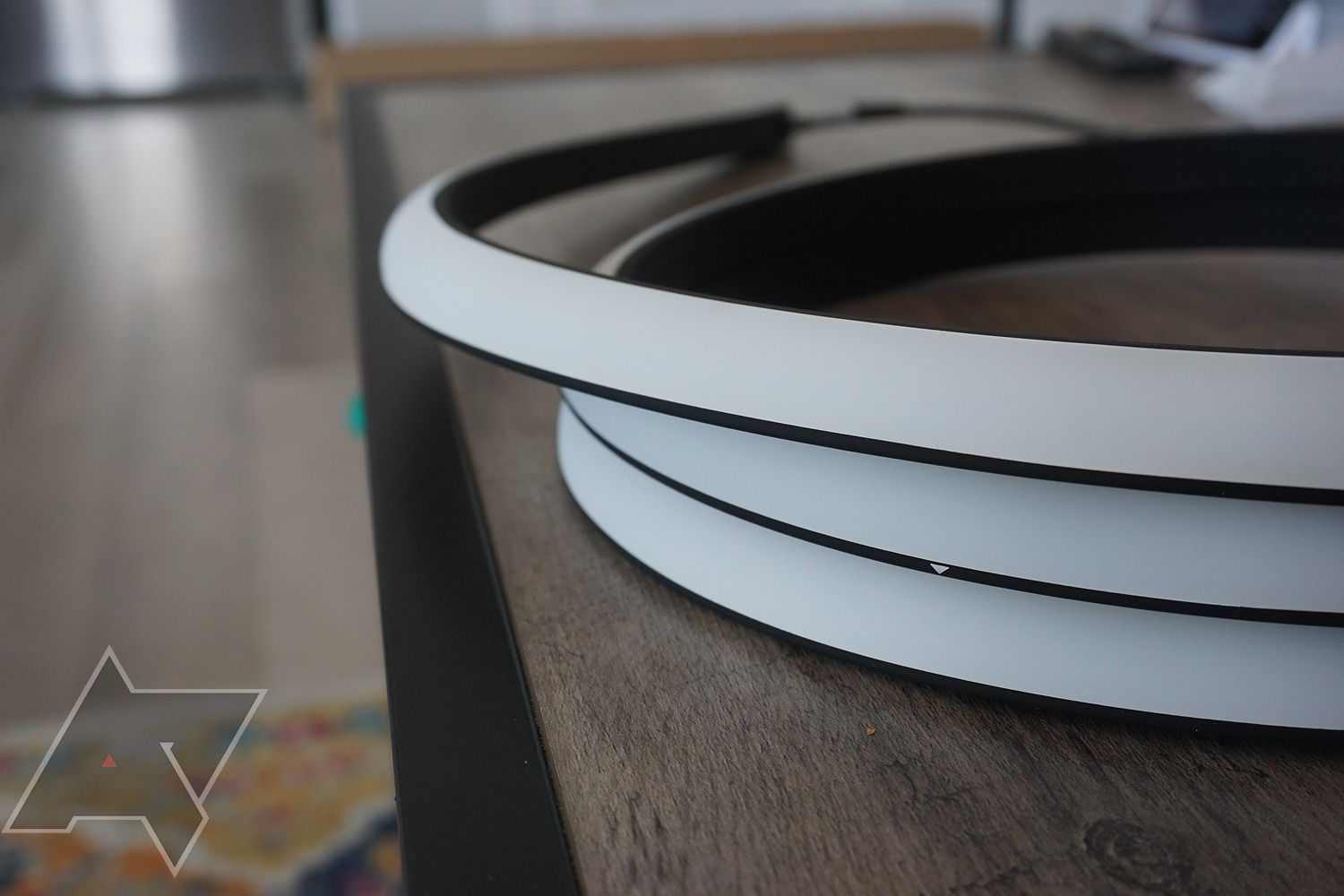AI is quickly becoming a pervasive element of all personal electronics, be it smartphones or smart displays, and, as Google would have it, even our favorite thermostats. The advent of the AI era is all about preemptive, predictive analysis of your usage patterns, and it’s coming for all your personal spaces.
There are benefits to features like AI-driven previews on your new Google TV streamer or additions like email summaries. However, some might question the need for AI in a device as laser-focused as a thermostat. I believe that a smart home environment is perfectly positioned to benefit from artificial intelligence. Here’s why.
Making smart home automation intelligent
From time and motion-based changes to true personalization
As an avid smart home tinkerer, I’ve dabbled in everything from Home Assistant to smart switches and mounting some of the best Android tablets on my wall. However, these smart home elements aren’t all that smart. My automations are hard coded to activate at specific times or to react to external inputs like motion detection. My mounted tablets are little more than an expensive switchboard. AI can change that.
Google claims that the AI onboard the Nest Learning Thermostat learns from your preferences, adapts to external temperature conditions, and adjusts the home temperature based on your presence or lack thereof. The thermostat makes smarter micro-adjustments to maximize energy savings and react to your preferences or changes in behavior. For example, if you are coming home early, the thermostat can ramp up the heat or cool down the living room. Google claims that the thermostat reacts to current temperature readings and the impact of humidity on the real temperature. That’s a cut above existing solutions.
I haven’t had a chance to test the 4th-gen Nest Learning Thermostat, but this is the kind of use case I want from AI in my home. The added personalization and micro-adjustments, perfectly tuned to my needs, mark the difference between a smart peripheral and an intelligent home assistant. The improvements aren’t dramatically different from Google’s previous thermostat, but using AI to zone in precisely on what I want is the kind of feature set that sets the new thermostat apart. It’s the kind of deep personalization that I’d like to see from all my smart home accessories.
Deep personalization is key to AI’s future
Tuning hardware and software to perform exactly as I want it
Case in point: I set my Philips Hue lights to match my study’s natural outdoor light schedule, but I want it to use AI to go further. On an overcast day, it should preemptively adjust the brightness and temperature for a brighter ambiance. Or perhaps cool down the color temperature on a hot summer day to simulate a more productive environment. I can imagine many real-world use cases for AI-driven deep personalization across my smart home portfolio.
Smart home AI > Smartphone AI (for me)
Multi-modal search is great but features like image generation can be little more than a party trick
There’s one more reason I feel smart homes are the best staging ground for AI. To say that there’s a certain fatigue with AI on smartphones wouldn’t be unfair. A recent study claimed that consumers are actively dissuaded by devices that advertise AI as a critical feature.
There isn’t much depth to the use cases for AI on smartphones and there are only that many occasions to generate images. Some highlight features, like Add Me or background replacement, tend to be little more than party tricks. Additionally, there are privacy concerns associated with an all-pervasive AI assistant that can log activities on your phone.
Some of those fears are sidelined in the smart home environment. The AI assistant sits in the background, making subtle but tangible improvements to the ambient computing experience. While almost all AI-led companies appear to be looking at the big picture of making an all-encompassing virtual assistant, subtler implementations, like the Google Nest Learning Thermostat, are more tangible and effective for everyday usability. And I’m all in on it.
Source link




